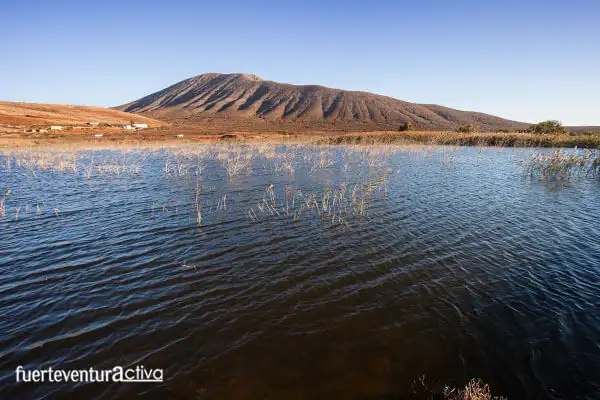LIFE IN FUERTEVENTURA
Water in Fuerteventura
This morning, I found myself in for a very unpleasant surprise. When I was about to take a shower, there was no water! I thought, it’s all right, as it comes back, I’m going to make my early morning coffee. My surprise was even greater, when I opened the kitchen tap and not a single thread came out. Luckily I had my 8-liter carafe nearby, and I was able to make that coffee. This anecdote made think on the importance of the everyday things, like water.
It has also led us to write today about water on Fuerteventura . It is well known that the Maxorata is the most arid island of the Canary Islands, and that it has no active reservoirs. Also, that at present almost all the water that runs through the pipes of the main houses comes from desalination plants. But how did the people of Fuerteventura manage in the past?
The use of water in Fuerteventura.
Fuerteventura had, enough water to supply its inhabitants most part of the year. The island had an underground aquifer and almost 40 water springs, some of them very important, such as the one in the Rio Cabras ravine. The Fuente del Río Cabras, a natural spring near Casillas del Ángel, had several pools: one of them to give water to the camels, another to supply water for the houses, and a third one to wash clothes. An image unthinkable today.
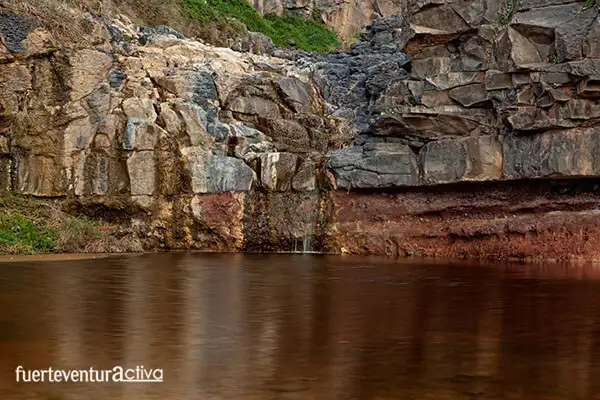
Since the arrival of the first settlers to Fuerteventura, its inhabitants have been searching for water. The chronicles of the conquest of Fuerteventura (15th century), give us a different image of the island today. In these chronicles you can read phrases as singular as:
“in four or five places there are streams with enough fresh water to grind mills. “
And even:
“the fountains are beautiful, alive, and running”.
Since then, different techniques have been developed to extract the water from Fuerteventura, giving rise to a landscape dotted with seagulls, nateros, maretas, chains, alcogidas and mills. Many of the traditional majorera houses still have their old cisterns, wells, and waterwheels. In addition, in all the houses there were “distillers“, a Canarian ingenuity that serves to filter the water.
Where is my water?
The water on Fuerteventura was not abundant but sufficient for the population that lived on the island. The establishment, since the 19th century, of mills for the extraction of water from the subsoil was the beginning of the decline.
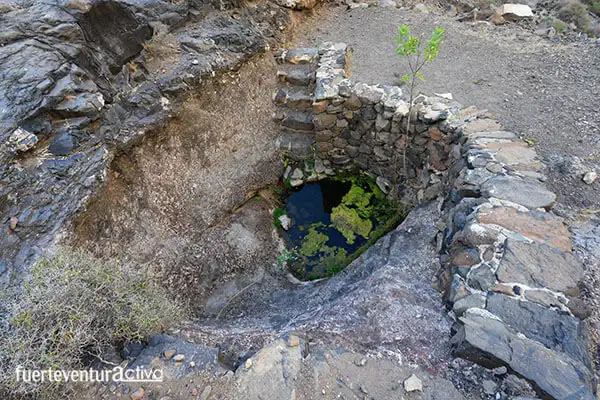
In less than 80 years almost 2500 wells have been drilled. This, together with the harmful management of water, the creation of irrigated crops and the overexploitation of aquifers, led to a higher concentration of salts in the water, which was no longer drinkable
From the ancestral culture of water to the creation of desalination plants
The 20th century brought an increase in population and a greater demand for water. The natural aquifer was no longer adequate. So the water was brought in from other islands, in boats. First, some small vapors called “correillos” were used. Once a boat arrived at the Puerto del Rosario pier, Puerto Cabras at that time, a small falúa (a small fishing boat) would stretch a hose from the shore to the boat. The water was transferred to a cistern near the Muelle Chico, owned by the Castañeyra family. Then the water carriers were in charge of selling the water through the houses.
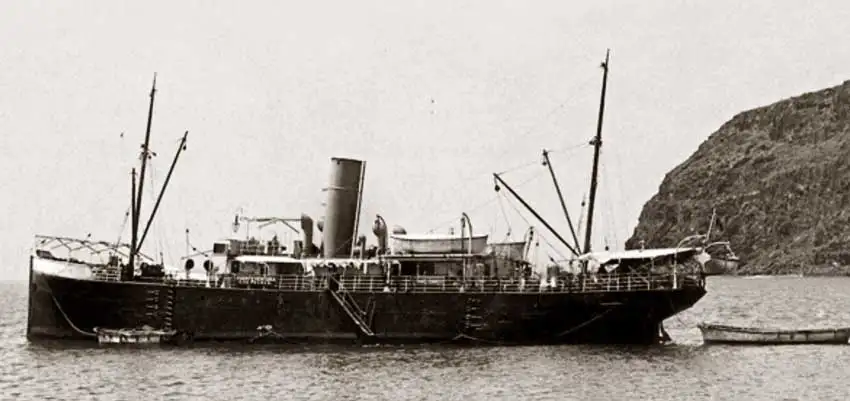
In the middle of the 20th century, water was brought in by tankers of the Spanish Navy, which anchored in Puerto del Rosario. The water was transported to the cisterns and municipal tanks. And, although most of this water was donated by other islands and institutions for free distribution, the major authorities charged their neighbours for this much needed and scarce water.
The tourist boom of the late 1960s increased the demand for water exponentially. In 1969 arrived the first desalination plant.
This device separates dissolved salts from sea water, through various physical and chemical processes, and makes it “drinkable”. Since then a piece of the Majorero sea runs through the pipes of our houses…
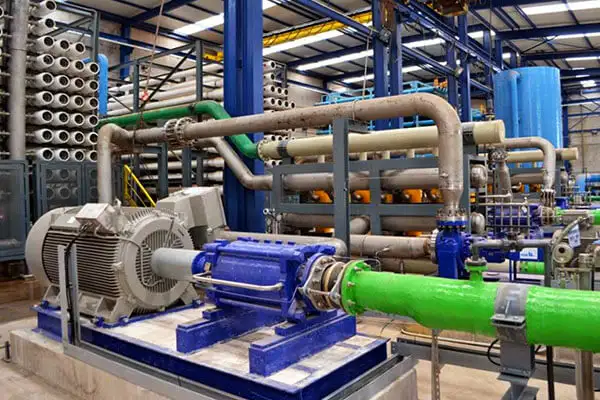
Frequently asked questions about the water in Fuerteventura
Is the tap water drinkable in Fuerteventura?
Although the cutting-edge techniques used by desalination plants, to make the sea water drinkable, the truth is that the infrastructures ranging from the desalination plant to the houses are very old and deficient. We do not recommend drinking the tap water.
Can you cook with tap water?
Yes, there is no problem in using tap water to cook, as long as it comes to a boil
Do you have to buy bottled water to drink?
Unfortunately yes.
Why are the water cuts constant in some parts of the island?
CAAF is the public body responsible for the water distribution in Fuerteventura. Water cuts are fundamentally due to the fact that for decades made the necessary investments so that we have a adequate infrastructure.
Fuerteventura6

